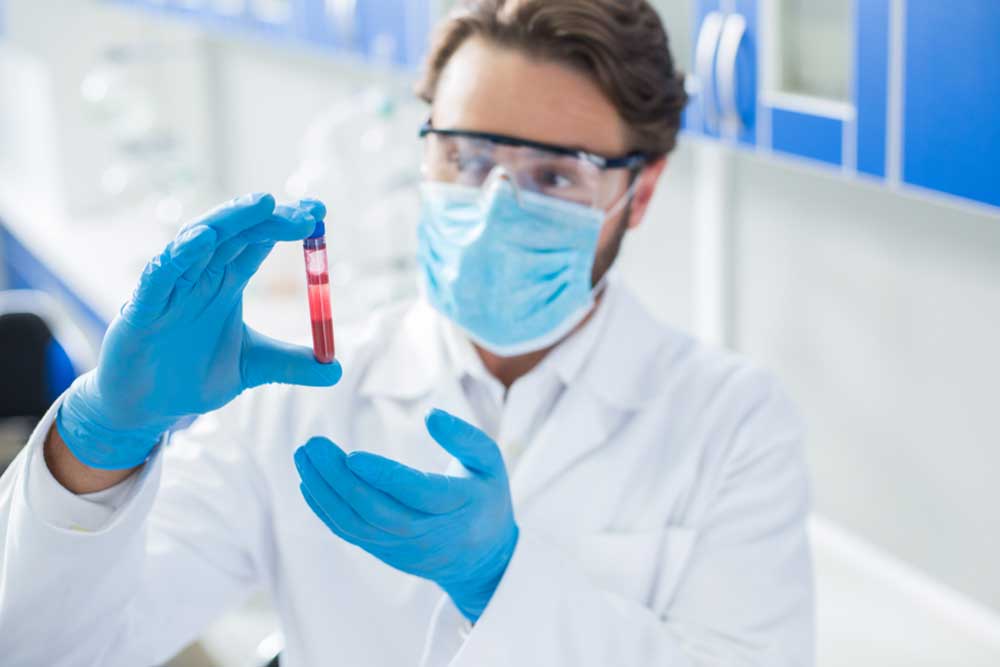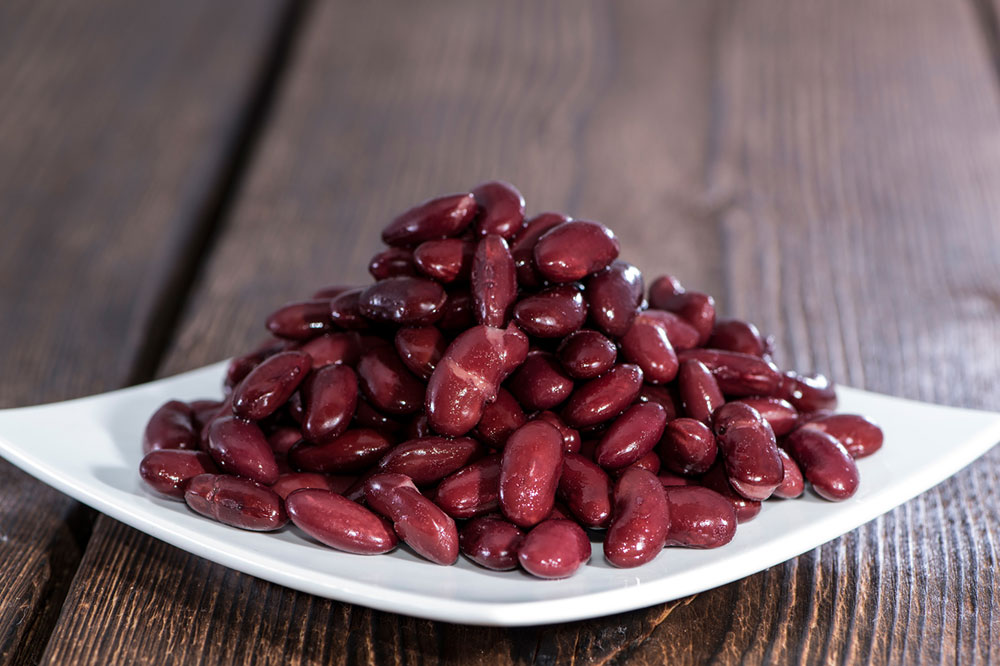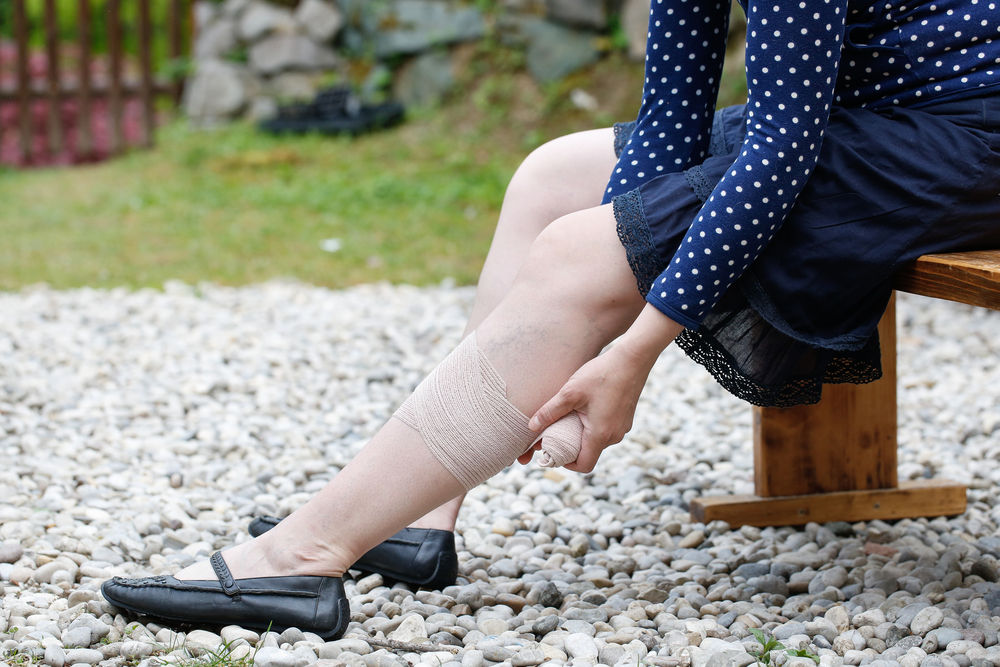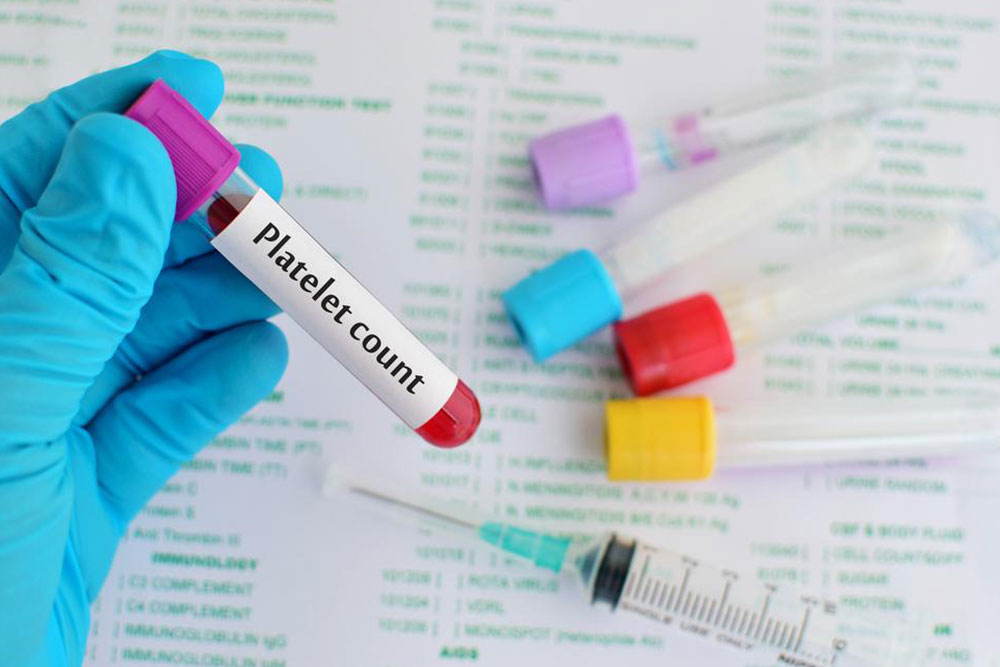Understanding Bleeding and Clotting Disorders: Symptoms, Causes, and Treatments
Explore comprehensive insights into blood clotting disorders, including their symptoms, causes—both genetic and acquired—and preventive natural remedies. Early detection and management are vital to avoiding severe complications like strokes or heart attacks. Learn how lifestyle and dietary adjustments can support blood health alongside medical treatments.
Sponsored
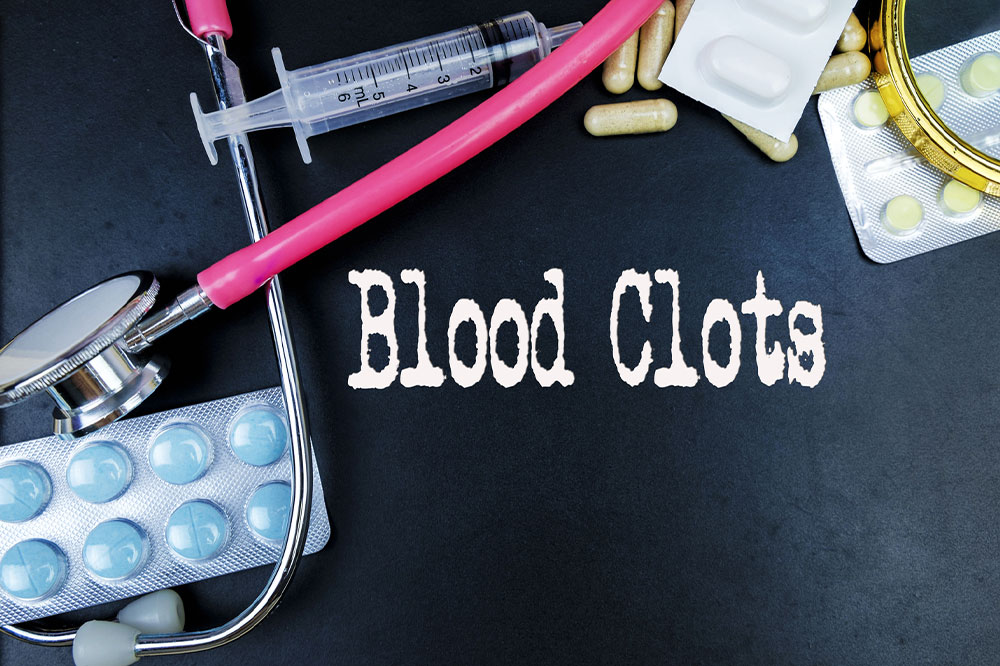
When someone sustains an injury, the body initiates a blood clotting process to stem bleeding. Platelets and proteins work together to form a clot, a process known as coagulation. Ideally, once healing occurs, the clot dissolves naturally. However, some individuals experience blood disorders that impair or delay clot formation, leading to health complications.
What are bleeding and clotting disorders?
These conditions involve abnormal blood clotting—either excessive clotting or bleeding, which can be dangerous if unrecognized. Excessive clotting, or hypercoagulability, increases the risk of dangerous thrombi forming inside blood vessels without injury.
Known as hypercoagulable states or thrombophilia, these disorders can result in clots blocking arteries or veins, posing serious health risks. Clots in coronary arteries can cause heart attacks, while those in deep veins, especially in the legs, lead to deep vein thrombosis (DVT). Clots in the lungs result in pulmonary embolism, which can be life-threatening.
Symptoms vary; some individuals remain asymptomatic, while others may experience chest pain, breathlessness, leg swelling, or fatigue. Recognizing these signs early and seeking medical care is crucial.
Blood clotting disorders may be inherited or acquired. Genetic causes include mutations like factor V Leiden, prothrombin gene mutation, and deficiencies in natural anticoagulants. Acquired causes include surgery, trauma, pregnancy, hormone therapy, prolonged bed rest, heart disease, and certain infections or cancers.
Diagnosis involves reviewing medical history and conducting blood tests such as PT and aPTT to assess clotting times. Additional genetic and biochemical tests help determine if the disorder is inherited or acquired. Early diagnosis allows for effective management to prevent serious complications.
While medical treatments are primary, some natural remedies may support blood health. Turmeric contains curcumin, known for its blood-thinning properties. Garlic has sulfur compounds that help dissolve clots and lower blood pressure. Spicy cayenne peppers contain salicylates, which naturally thin the blood, but should be used cautiously.

